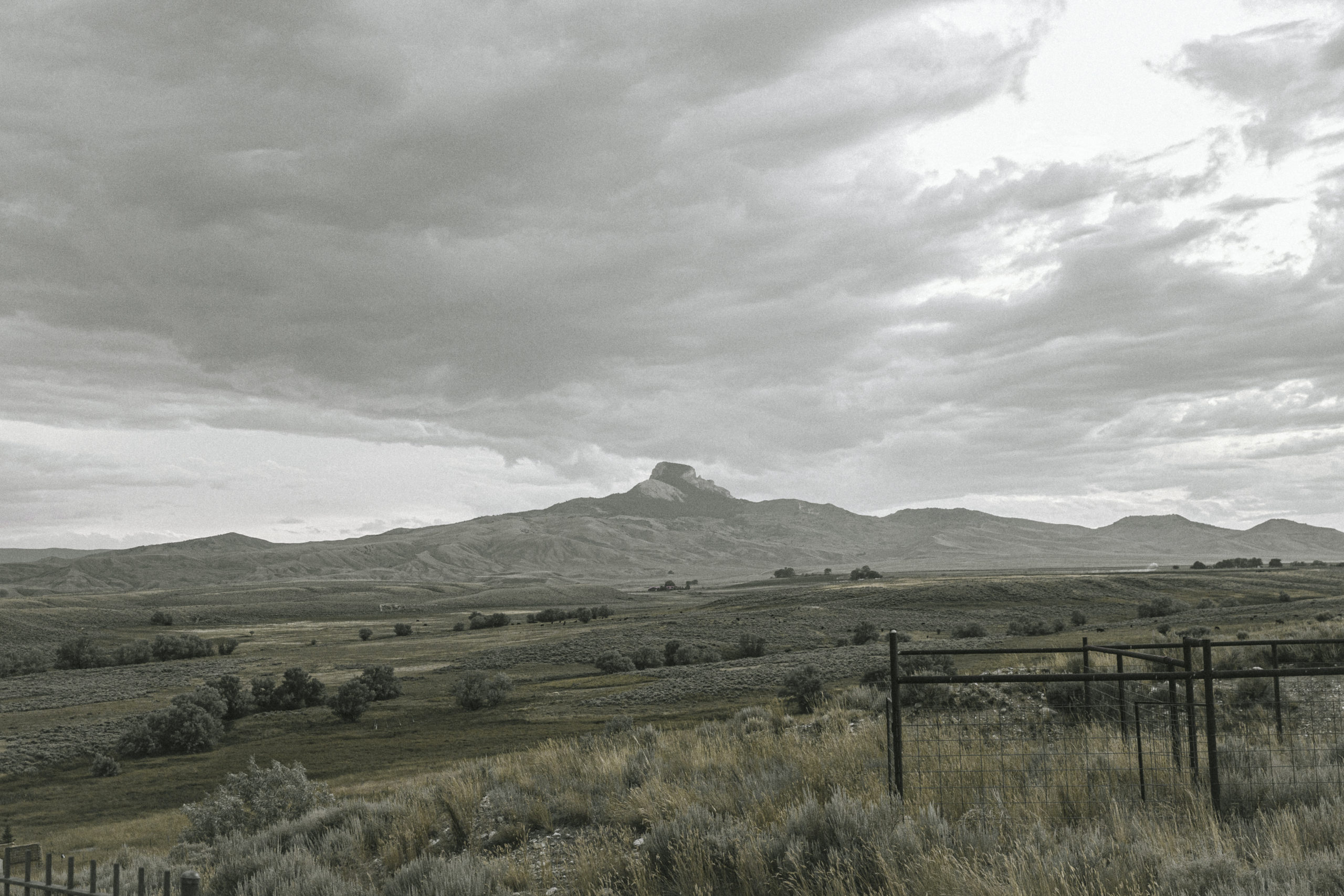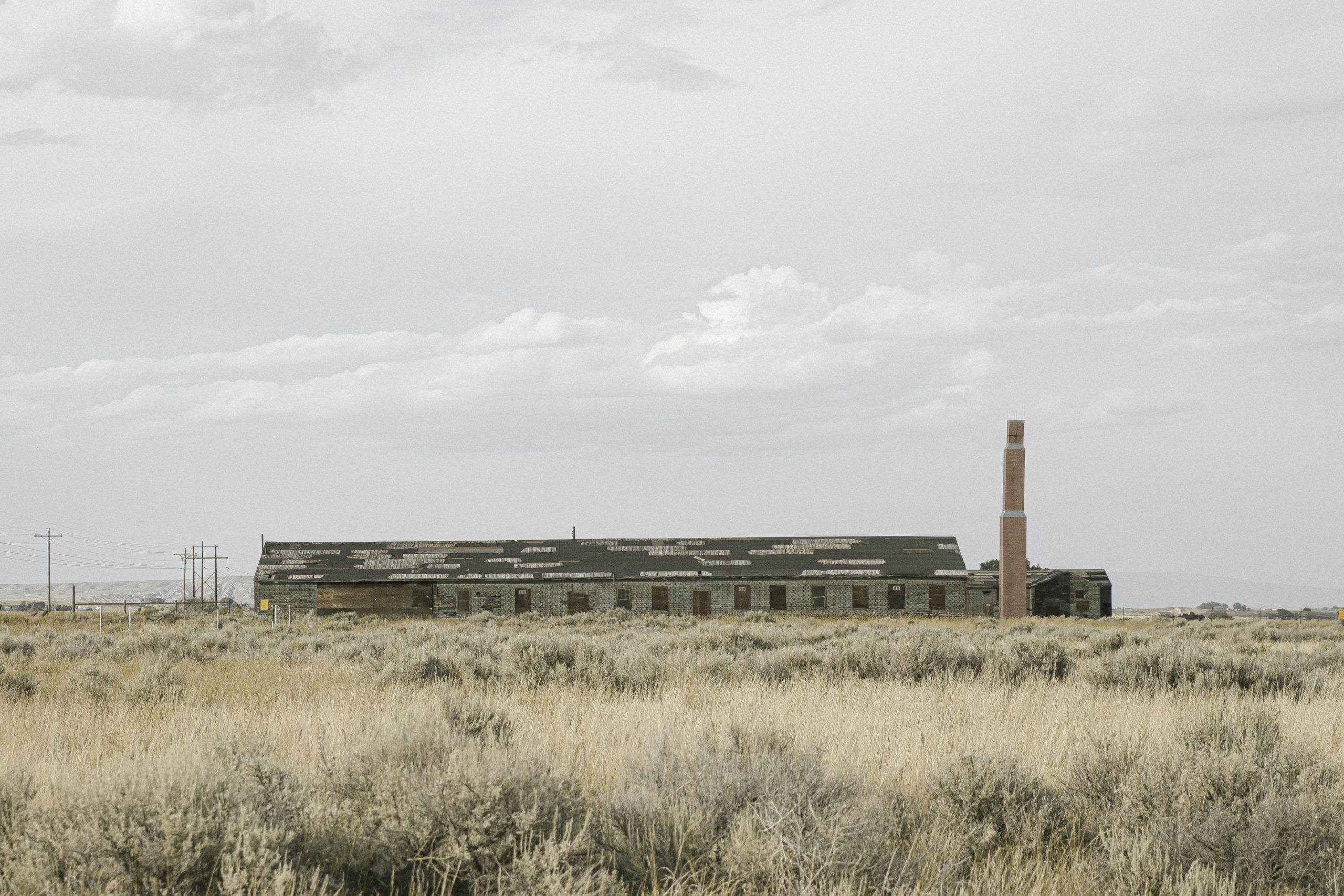
Located in northwestern Wyoming, Heart Mountain was the fourth largest of the ten War Relocation Authority camps and, at its peak, the third-largest city in Wyoming. The site is particularly significant as the center of the largest single draft resistance movement in U.S. history.
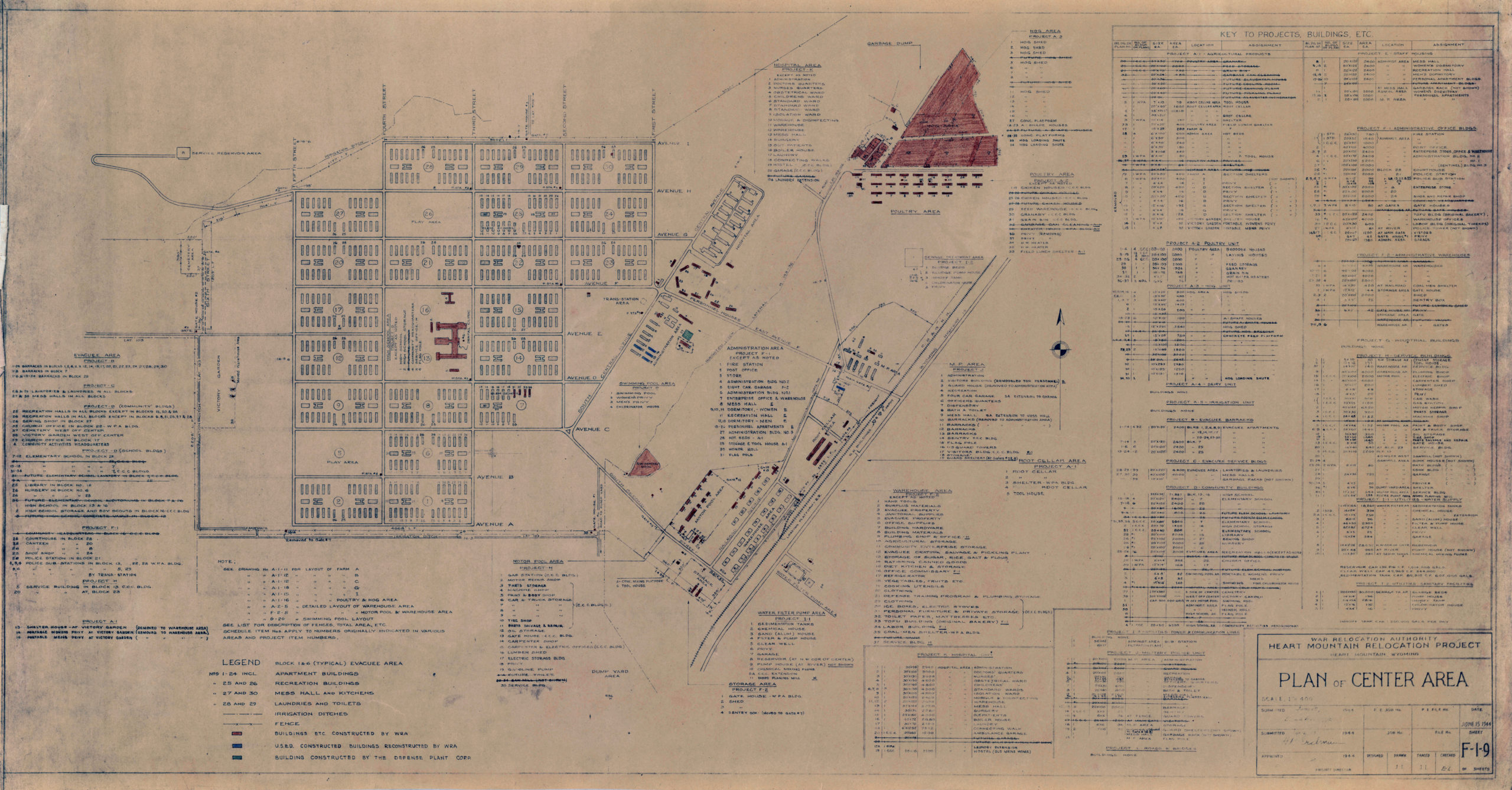
The War Relocation Authority‘s master plot plan for Heart Mountain. Courtesy of the National Archives and Records Administration.
Heart Mountain sat on 46,000 acres of sagebrush desert, near the Shoshone River. The arid landscape was frequently battered by dust storms, and during the winter months, temperatures could plunge to 30 degrees below zero. To the west of the camp, the distinctive limestone butte of Heart Mountain became a familiar landmark for incarcerees, looming over the rows of barracks that stretched across the valley.
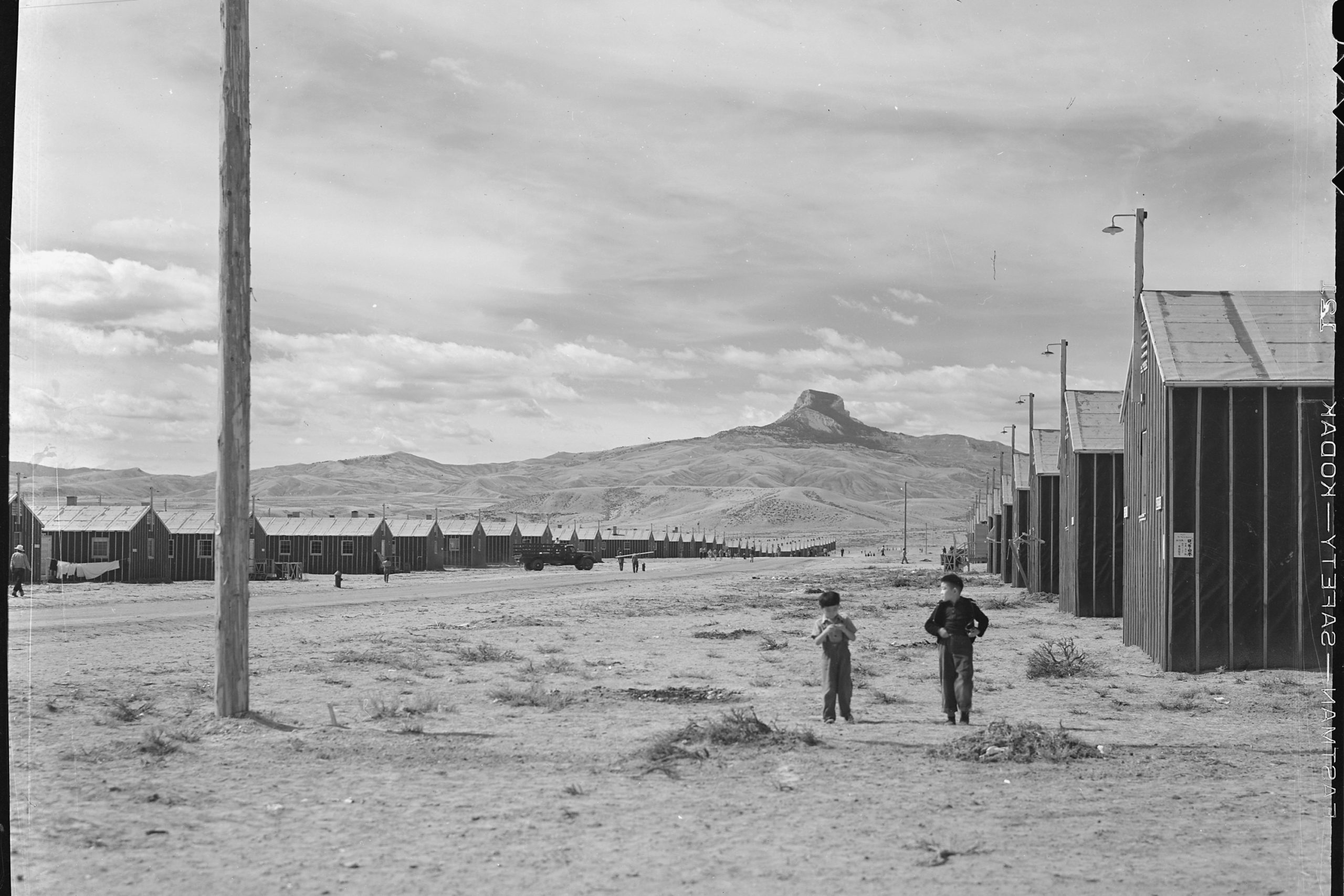
Barracks at the Heart Mountain concentration camp with view of Heart Mountain in the distance. September 18, 1942. Courtesy of National Archives and Records Administration.
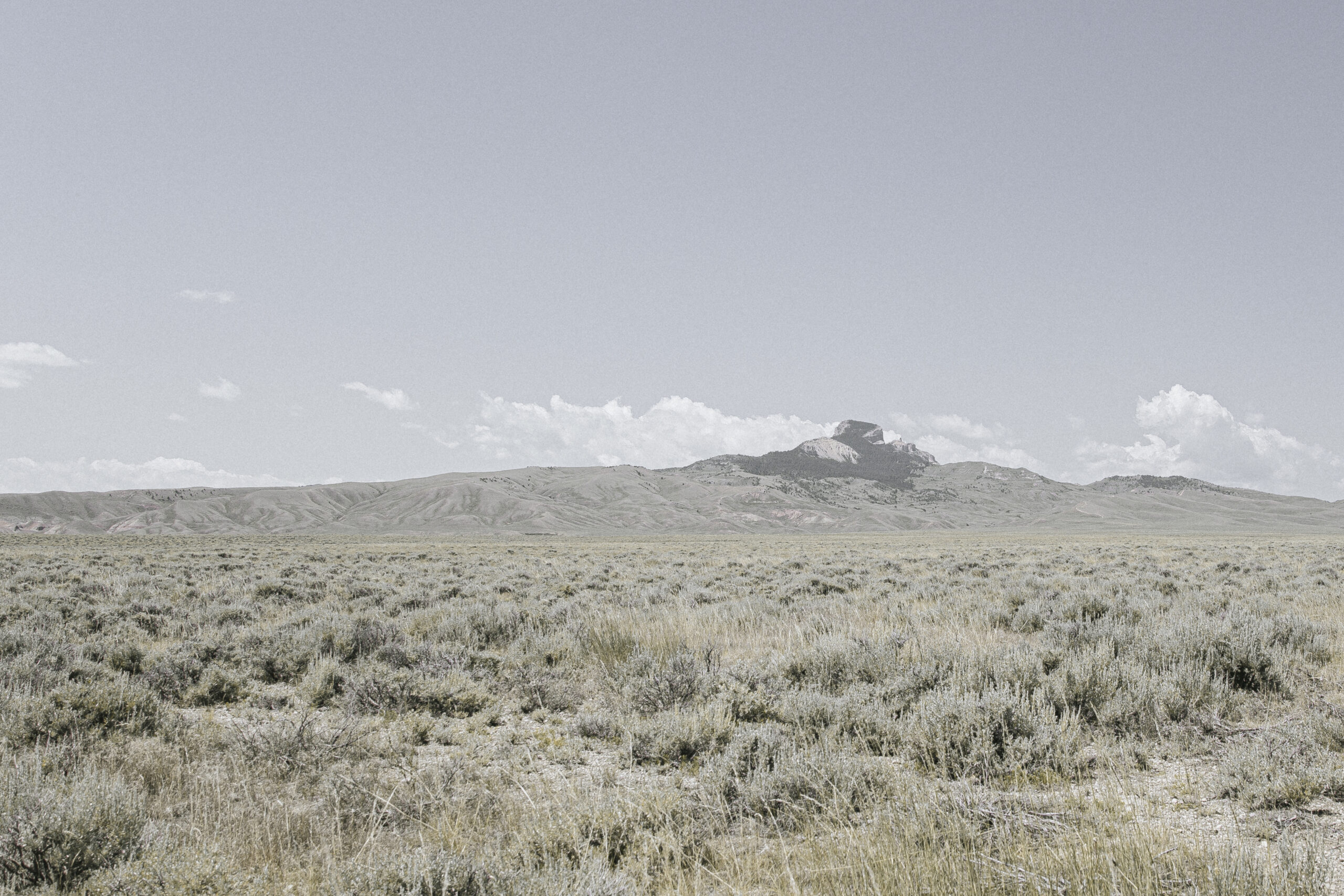
A section of the original Heart Mountain concentration camp was designated a National Historic Landmark in 2006 and is currently maintained by the Heart Mountain Interpretive Center. May 27, 2022.
Construction of the camp was rushed, with over 450 barracks and a 150-bed hospital complex thrown together in just two months. Laborers, drawn by newspaper ads promising, “If you can drive a nail, you can qualify as a carpenter,” built the structures with no prior experience required. Speed was often prioritized over quality—some workers even boasted about assembling a barrack in under an hour. When incarcerees arrived in August 1942, they found themselves in poorly insulated buildings made of tar paper siding, with ill-fitting doors and windows that left gaps in the walls. To block out the cold, incarcerees stuffed newspapers and rags into the cracks.
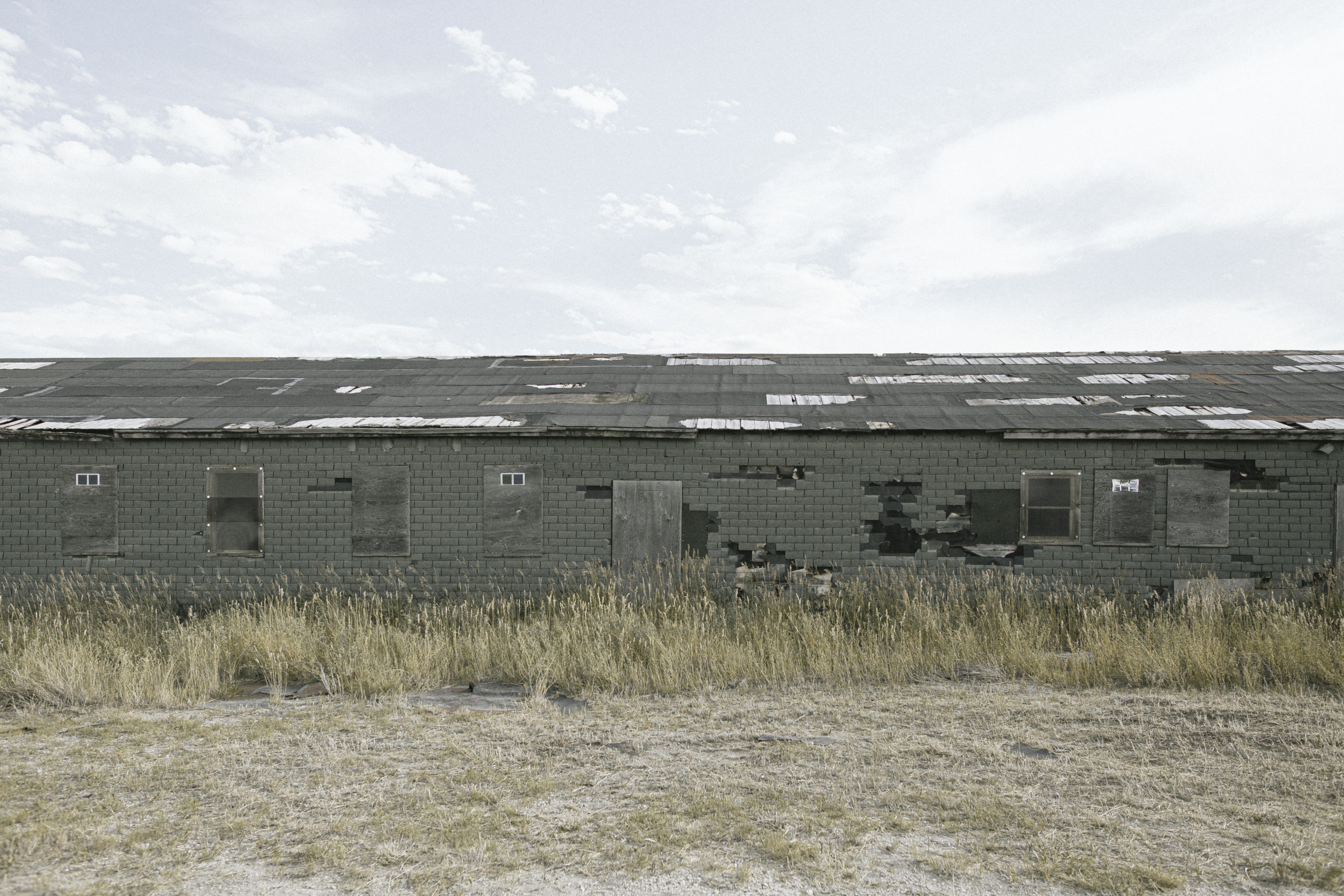
Heart Mountain is one of the few concentration camps with buildings still standing today. The remaining structures include a hospital boiler house with an intact smokestack, a hospital warehouse, a hospital mess hall, and an administrative staff housing unit.
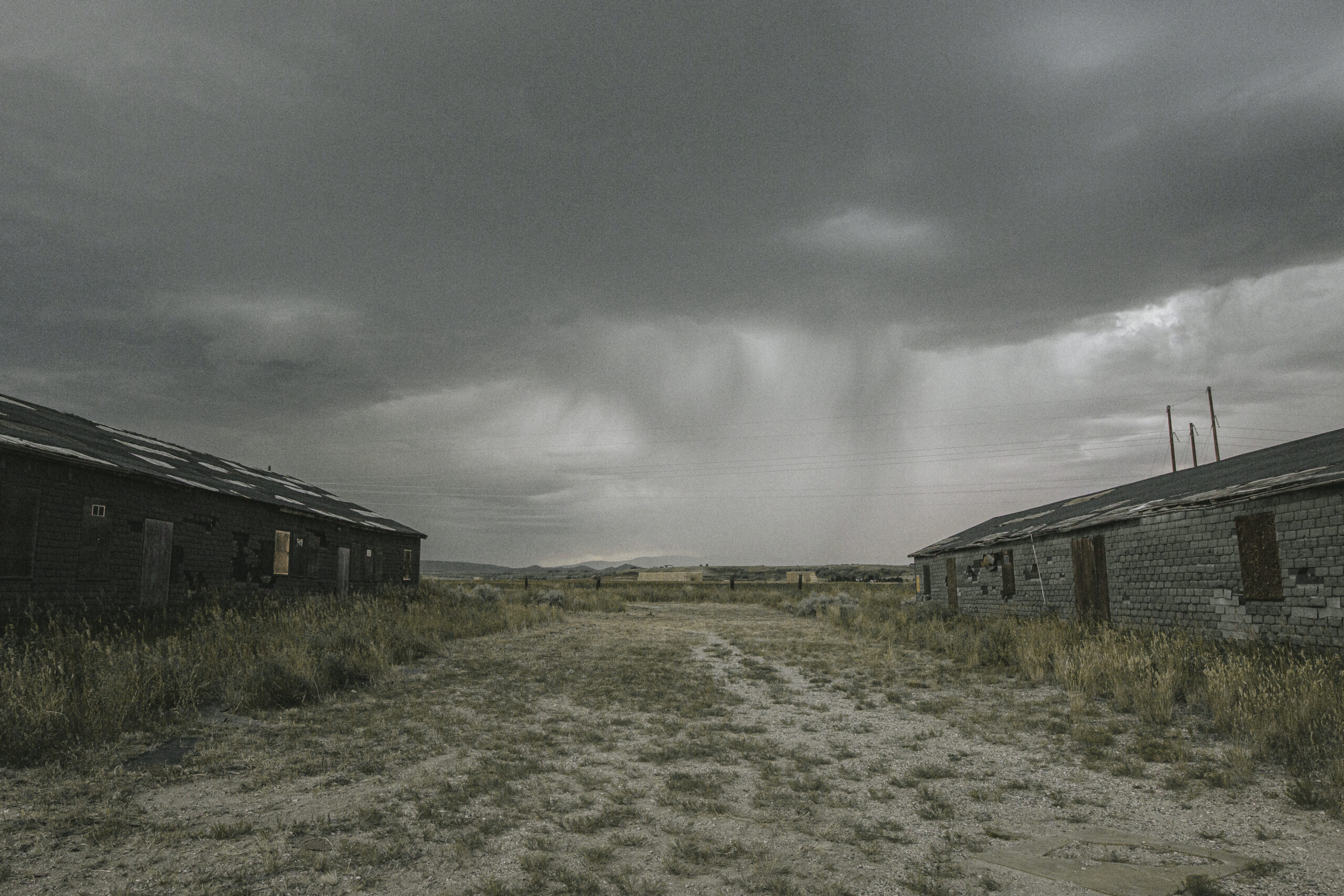
Hastily built camp buildings offered little protection from Wyoming’s harsh weather conditions.
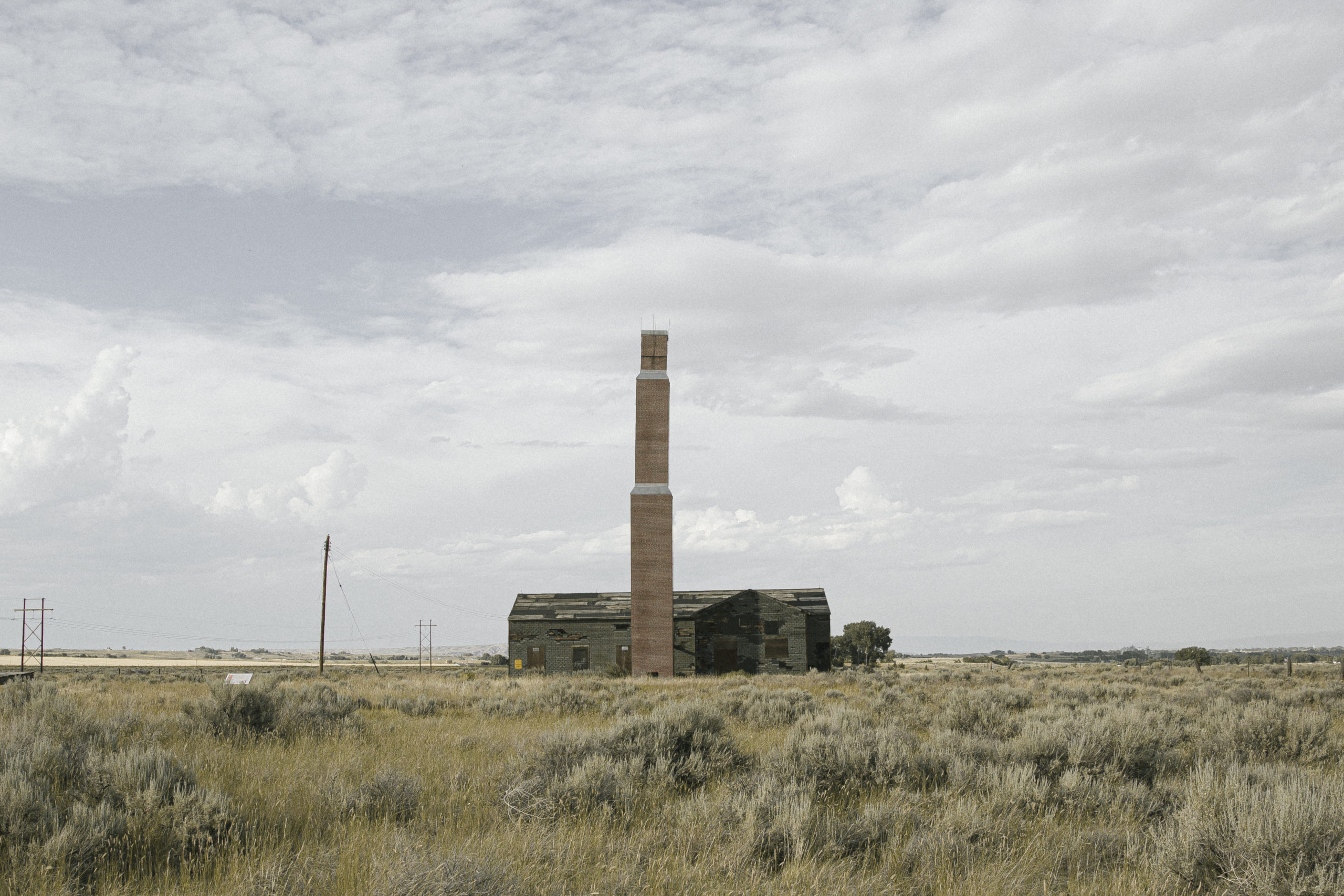
Little remains of what was once a 150-bed hospital complex. Staffed by incarceree doctors, the hospital provided medical care to the camp population, including the delivery of 556 babies.
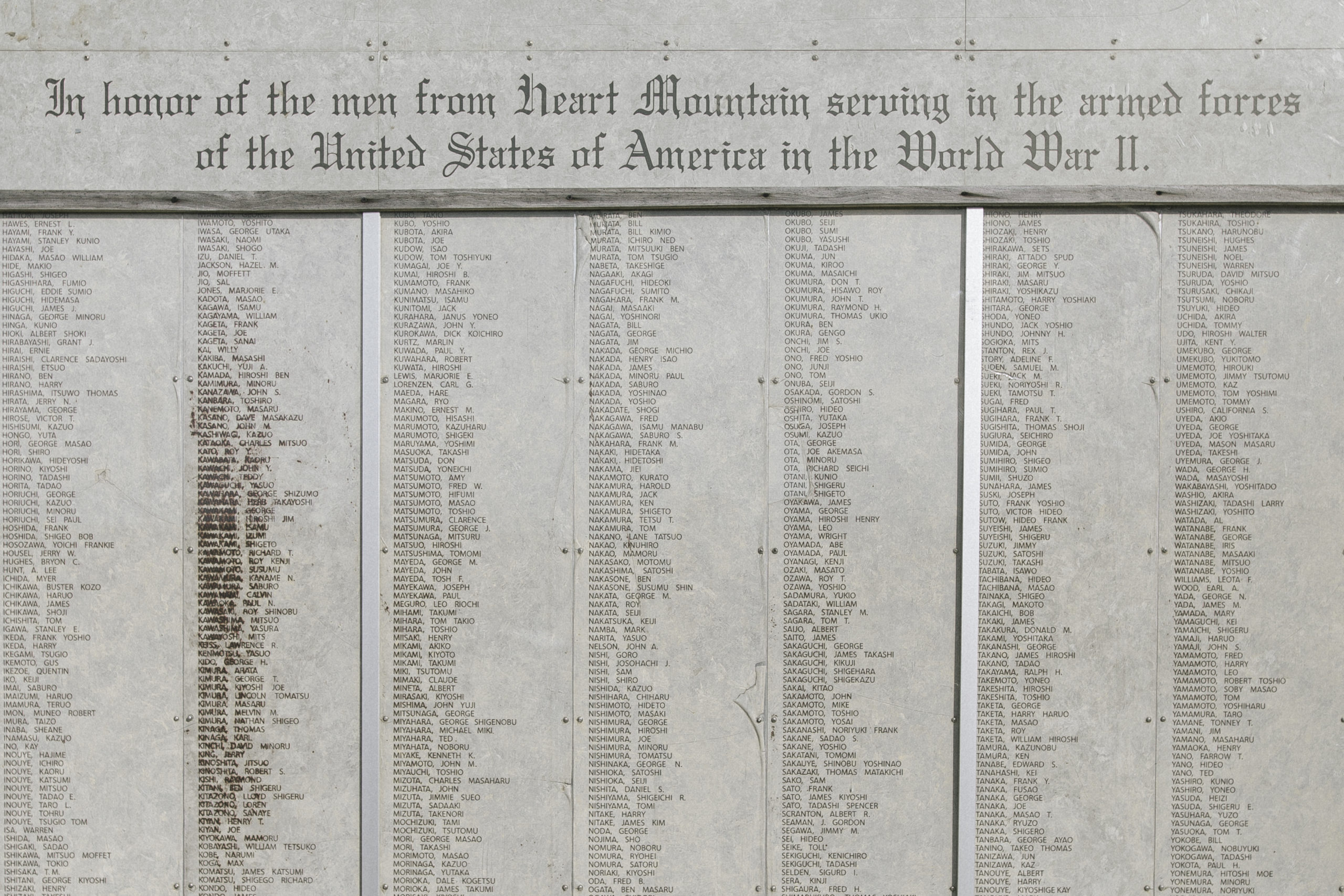
A total of 385 incarcerees from Heart Mountain served in the U.S. military. While Heart Mountain is often associated with its draft resistance movement, it also has the distinction of having the highest number of incarcerees who won the prestigious Medal of Honor.
Many of the camp’s facilities—including a garment factory, cabinet shop, sawmill, and silk screen shop—were operated by Japanese American incarcerees, who earned meager wages of $12 to $19 per month. While Nisei were permitted to work, Issei were barred from employment, leaving many older incarcerees idle and frustrated.
Wages were also unequal across racial lines. While both Japanese Americans and Caucasians were hired as doctors, nurses, and teachers at Heart Mountain’s hospital and schools, their pay varied significantly—Japanese American doctors earned just $19 per month, while Caucasian nurses made $150 per month.
Despite the harsh climate, Heart Mountain’s incarceree-run farms thrived. Skeptics doubted that anything could grow in Wyoming’s dry, alkaline soil, yet by the first harvest, Japanese American farmers had produced over 1,065 tons of crops. Not only did they sustain their fellow incarcerees, but they also grew enough surplus to be stored in two massive root cellars—each 300 feet long and 40 feet wide—or shipped to other War Relocation Authority concentration camps. This remarkable feat, often referred to as the “Heart Mountain Miracle,” transformed an unforgiving landscape into productive farmland in less than a year.
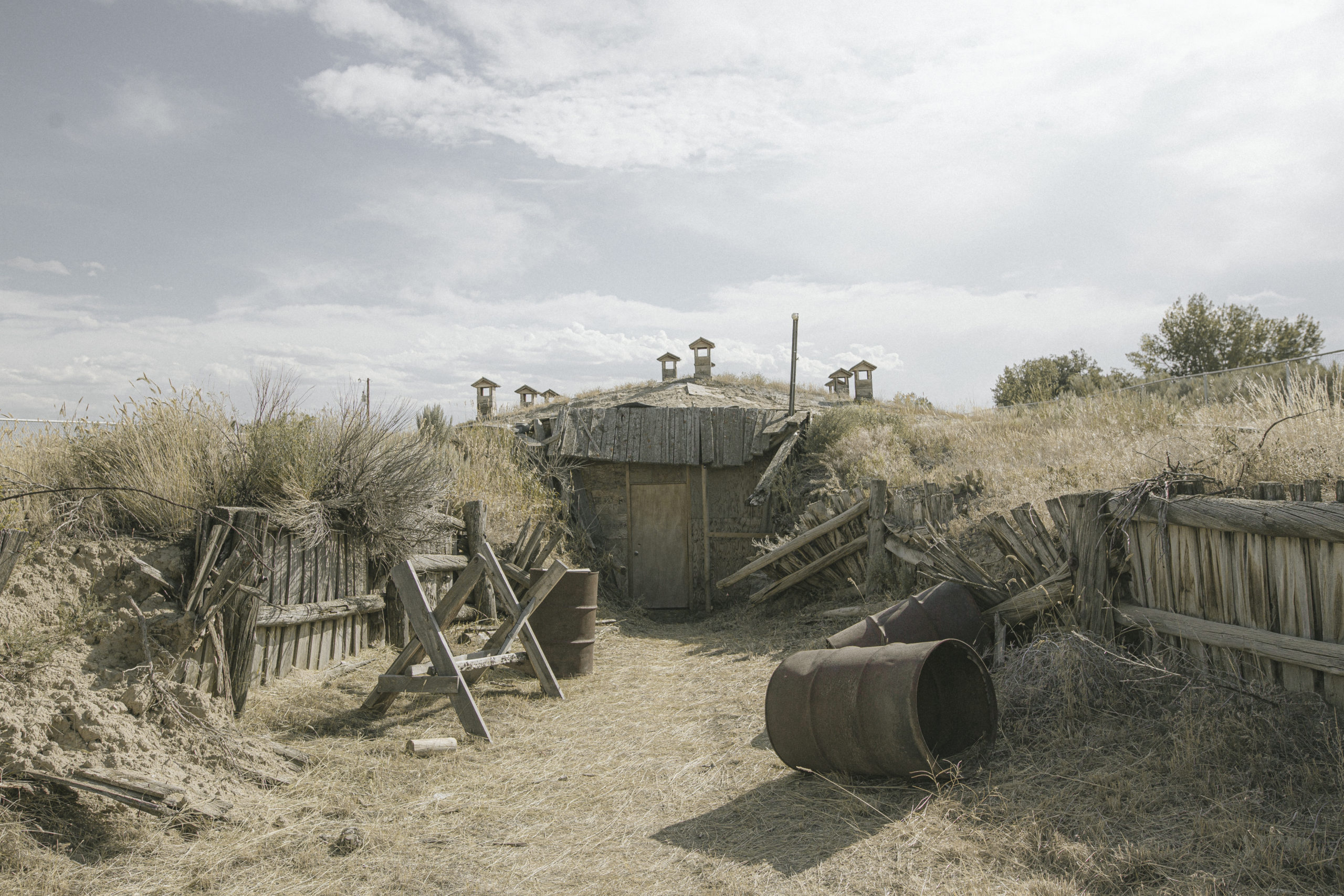
The War Relocation Authority utilized incarceree labor to farm and produce the camp population’s food. Root cellars like this stored surplus crops to be distributed to the camp and sent to the other camps.
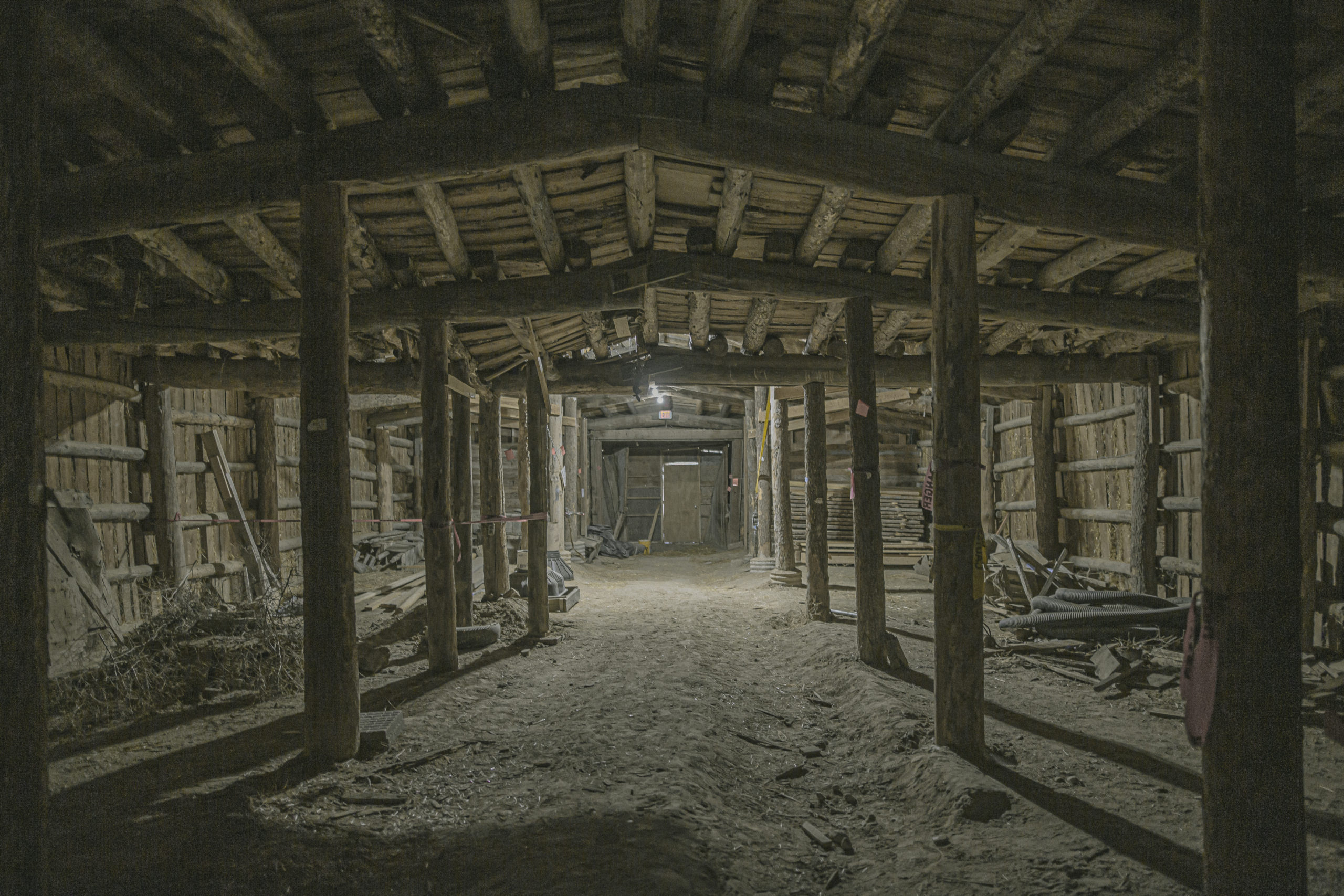
This 300′ x 40′ root cellar was built by incarcerees using only hand tools and a single excavator. From harvesting the timber to constructing the cellar, Japanese American incarcerees completed every step of the build process. It is the only surviving camp structure built entirely by Japanese American incarcerees from start to finish.
Beyond agricultural work, incarcerees were also tasked with completing the Shoshone Project, a long-abandoned federal irrigation project. Japanese American workers constructed over 5,000 feet of canals, which still supply water to farms in Wyoming’s Big Horn Basin today.
Why is Heart Mountain significant?
While draft resistance occurred across multiple War Relocation Authority concentration camps, Heart Mountain became the center of the largest single draft resistance movement in U.S. history.
In January 1944, the U.S. government reinstated the draft for U.S.-born incarcerees under the Selective Training and Service Act of 1940. Many young men in the camp refused to comply, arguing that they should not be forced to serve in the military while they and their families were unjustly imprisoned and stripped of their civil rights.
A month later, a group of incarcerees formed the Fair Play Committee, which publicly opposed the draft and called for the restoration of their constitutional rights as a precondition for military service. Their resistance led to the arrest of 63 Fair Play Committee members, who were sentenced to up to four years in federal prison. In total, 85 draft resisters from Heart Mountain were convicted.
Although President Harry Truman later granted a full pardon to the draft resisters after the war, their actions remained controversial within the Japanese American community. For decades, many resisters faced criticism, both from some members of the Nikkei community and from the broader public, while others recognized their defiance as an act of civil rights resistance that challenged the injustice of incarceration.
Please note: These photographs were taken with permission and permits where required, in accordance with site guidelines. Visitors must respect and follow all visitation protocols.
This historical overview is informed by research from the Densho Encyclopedia (accessed in 2022), National Park Service (accessed in 2022), and interviews conducted during a visit to the camp in 2022.
